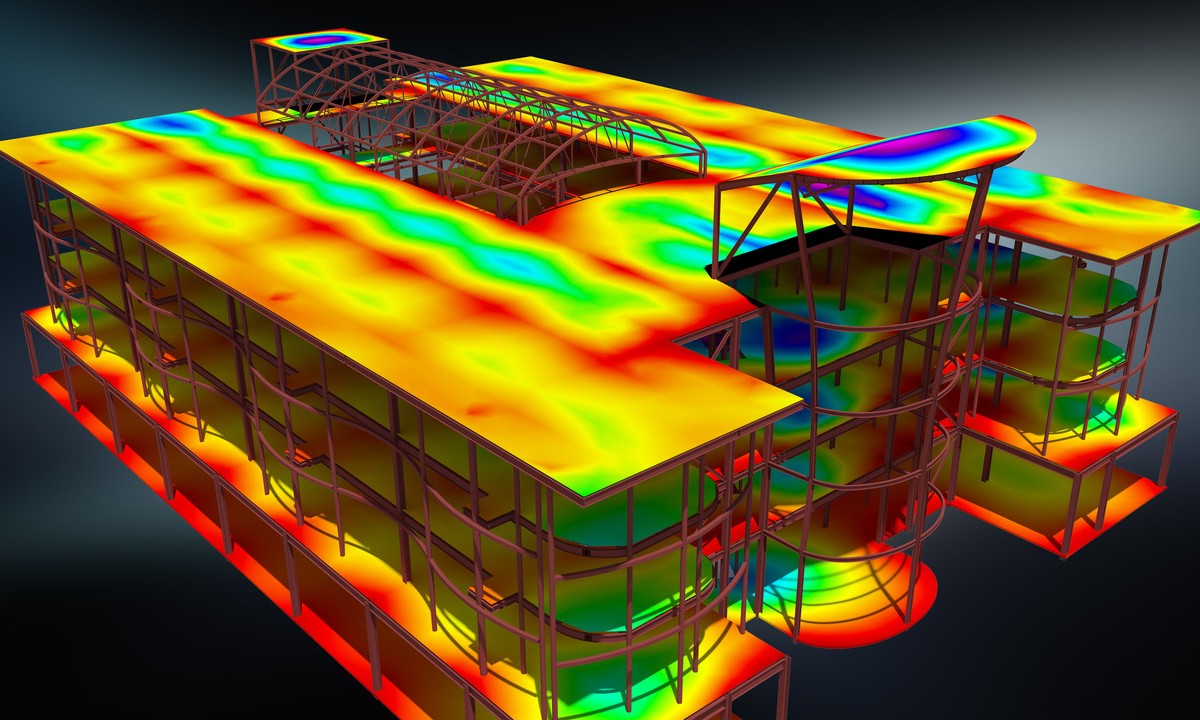
Structural analysis is a fascinating field that helps us understand how buildings, bridges, and other structures stand tall and strong. Ever wondered how engineers ensure that skyscrapers don't topple over or bridges don't collapse under heavy traffic? Structural analysis is the answer. This discipline involves examining the forces, stresses, and loads that structures face, ensuring they can withstand everything from daily use to extreme weather. By using mathematical models and computer simulations, engineers can predict how structures will behave under various conditions. This knowledge is crucial for designing safe, efficient, and durable buildings. Ready to learn some intriguing facts about structural analysis? Let's dive in!
What is Structural Analysis?
Structural analysis is the study of how structures behave under various forces. Engineers use it to ensure buildings, bridges, and other structures are safe and stable. Here are some fascinating facts about this crucial field.
-
Structural analysis helps predict how structures will react to different loads, such as wind, earthquakes, and weight.
-
It involves understanding the properties of materials like steel, concrete, and wood.
-
Engineers use mathematical models to simulate real-world conditions.
-
The field dates back to ancient times, with early examples seen in the construction of the pyramids.
-
Modern structural analysis relies heavily on computer software for accurate simulations.
Historical Milestones in Structural Analysis
The history of structural analysis is rich with groundbreaking discoveries and innovations. These milestones have shaped the field into what it is today.
-
The ancient Greeks and Romans used basic principles of structural analysis in their architecture.
-
Galileo Galilei made significant contributions by studying the strength of materials in the 17th century.
-
The Industrial Revolution spurred advancements in structural analysis due to the need for stronger buildings and bridges.
-
The development of the finite element method in the mid-20th century revolutionized the field.
-
The construction of the Eiffel Tower in 1889 showcased the practical application of structural analysis.
Tools and Techniques in Structural Analysis
Various tools and techniques are employed to analyze structures. These methods ensure that structures can withstand different forces and remain safe.
-
Finite element analysis (FEA) is a popular technique that breaks down complex structures into smaller, manageable parts.
-
Load testing involves applying forces to a structure to observe its behavior.
-
Wind tunnel testing helps engineers understand how structures will react to wind forces.
-
Computer-aided design (CAD) software is essential for creating detailed models of structures.
-
Non-destructive testing (NDT) methods, like ultrasound and X-rays, help inspect structures without causing damage.
Applications of Structural Analysis
Structural analysis is used in various fields, from construction to aerospace. Its applications are vast and diverse.
-
In civil engineering, it ensures the safety of buildings, bridges, and dams.
-
Aerospace engineers use it to design aircraft and spacecraft that can withstand extreme conditions.
-
Automotive engineers rely on structural analysis to create safer, more efficient vehicles.
-
It plays a crucial role in the design of offshore structures like oil rigs.
-
Structural analysis is also used in the development of sports equipment, ensuring safety and performance.
Challenges in Structural Analysis
Despite its importance, structural analysis faces several challenges. These obstacles require innovative solutions and continuous advancements.
-
Accurately predicting the behavior of complex structures can be difficult.
-
Material properties can vary, making it challenging to create accurate models.
-
Environmental factors, like temperature and humidity, can affect structural performance.
-
Ensuring the safety of aging infrastructure requires ongoing analysis and maintenance.
-
Balancing cost and safety is a constant challenge for engineers.
Future of Structural Analysis
The future of structural analysis looks promising, with new technologies and methods on the horizon. These advancements will continue to improve the safety and efficiency of structures.
-
Artificial intelligence (AI) and machine learning are being integrated into structural analysis for more accurate predictions.
-
Advanced materials, like carbon fiber and graphene, are being explored for their potential in construction.
-
Virtual reality (VR) and augmented reality (AR) are being used to visualize and analyze structures in new ways.
The Final Word on Structural Analysis
Structural analysis is a game-changer in engineering. It helps predict how structures will behave under various conditions, ensuring safety and stability. Engineers use it to design everything from bridges to skyscrapers, making our world safer. Understanding the basics of structural analysis can give you a new appreciation for the buildings and structures around you. It’s not just about numbers and formulas; it’s about creating safe, functional spaces. Whether you're an aspiring engineer or just curious, knowing these facts can broaden your perspective. Structural analysis is more than a technical field; it’s a cornerstone of modern construction. So next time you walk across a bridge or enter a tall building, remember the science and effort behind it. Structural analysis is the unsung hero keeping our world standing tall and strong.
Was this page helpful?
Our commitment to delivering trustworthy and engaging content is at the heart of what we do. Each fact on our site is contributed by real users like you, bringing a wealth of diverse insights and information. To ensure the highest standards of accuracy and reliability, our dedicated editors meticulously review each submission. This process guarantees that the facts we share are not only fascinating but also credible. Trust in our commitment to quality and authenticity as you explore and learn with us.
